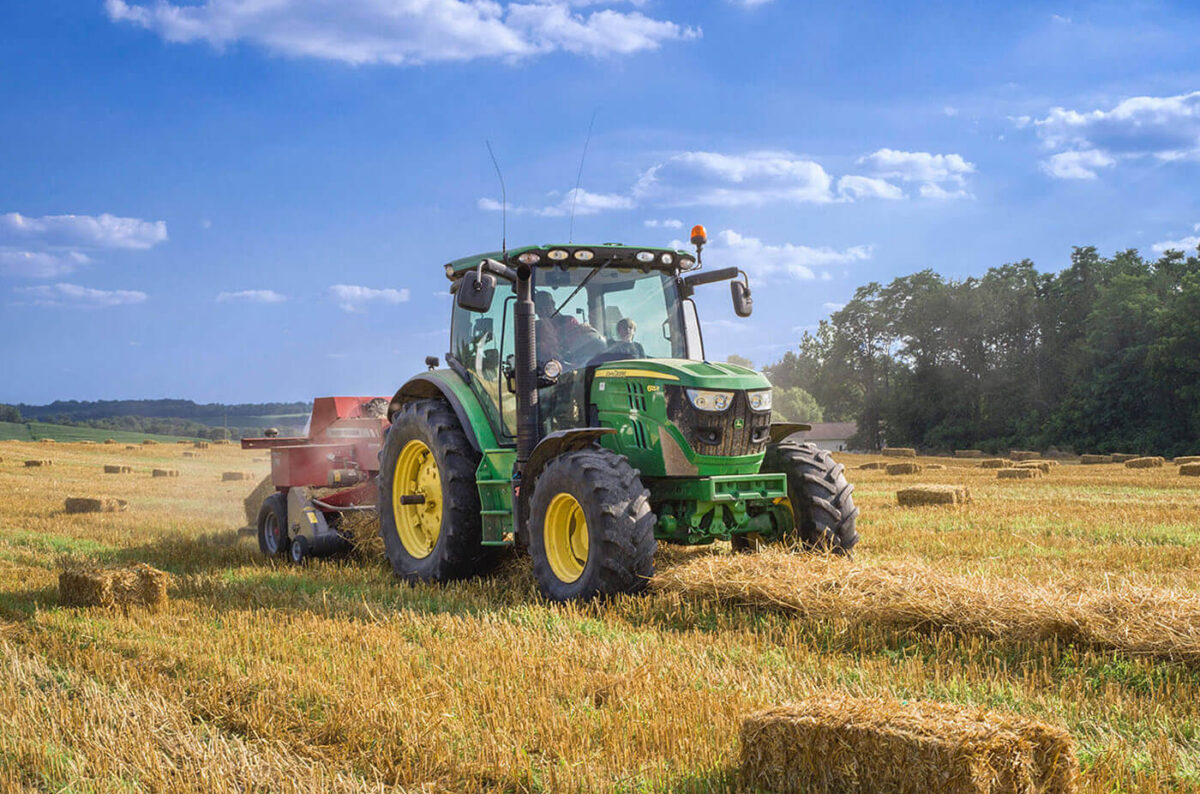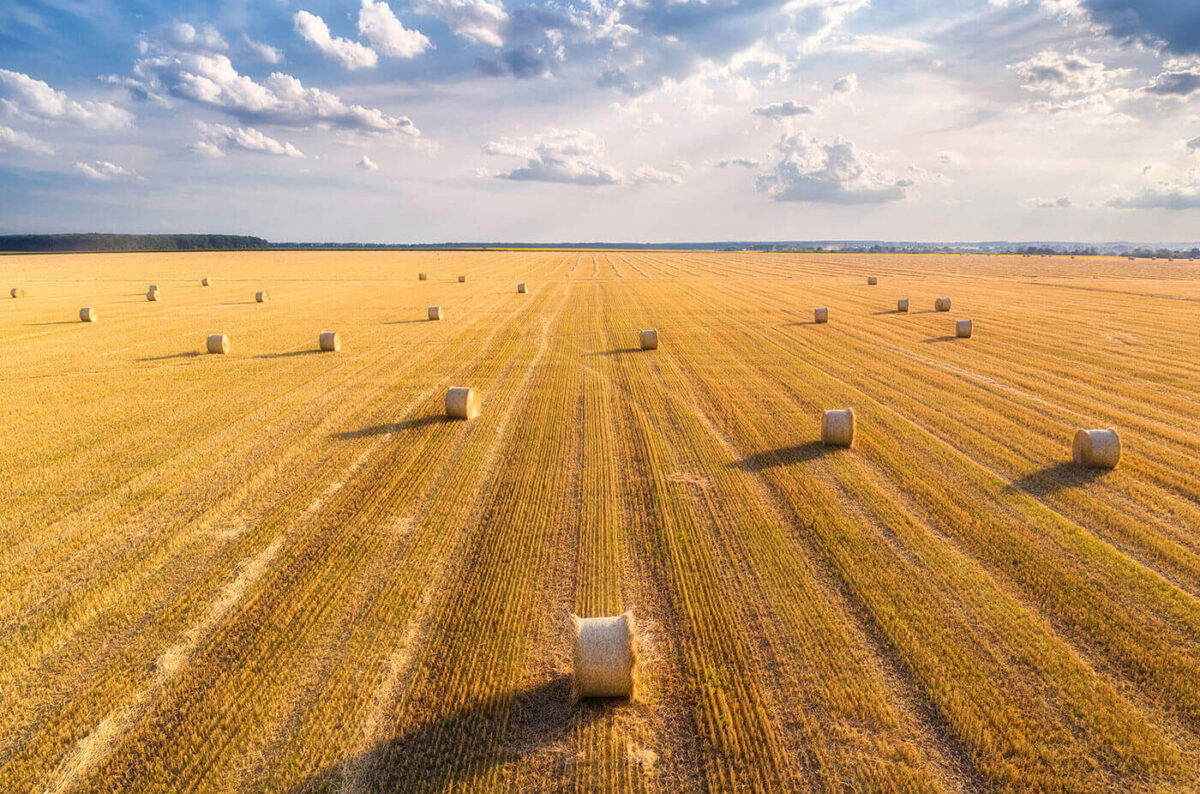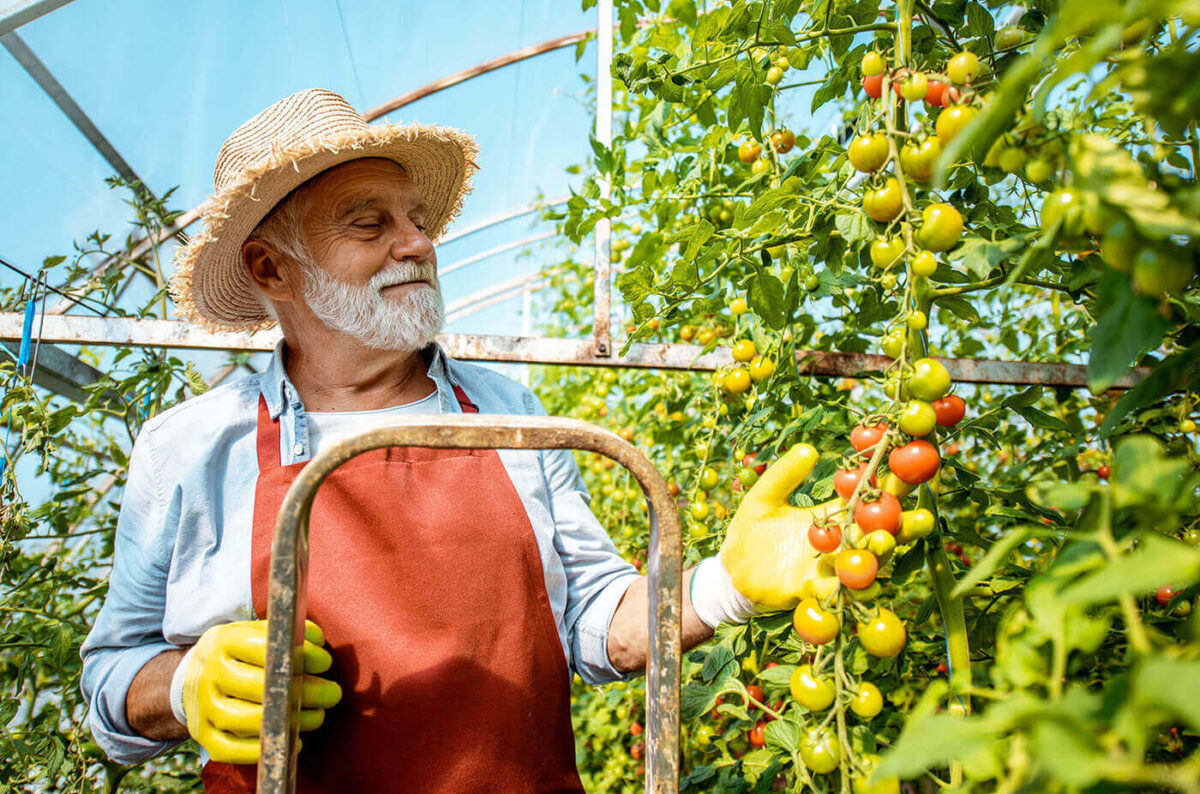
- Climate
- February 7, 2023
The global food system stands at a critical crossroads. After decades of industrial agricultural practices focused on maximizing yield through chemical inputs, monocropping, and heavy mechanization, a growing movement of farmers is returning to methods that work with rather than against natural systems. This shift—variously called regenerative agriculture, agroecology, or a return to traditional farming wisdom—represents not merely a change in techniques but a fundamental reimagining of humanity’s relationship with food production.
For farmers undertaking this transition, the journey is filled with both formidable challenges and promising opportunities. This article explores how we can effectively support farmers making this vital transition while building more resilient and equitable food systems.
Understanding the Return: What Drives the Transition?
Farmers choose to transition away from conventional agriculture for diverse reasons, often combining economic, environmental, and personal motivations:
Environmental Imperatives
Soil Degradation: Industrial agriculture has resulted in alarming rates of topsoil loss—approximately 24 billion tons annually worldwide. Many farmers report witnessing this degradation firsthand on their land.
Water Concerns: Depletion of aquifers, chemical runoff, and increasing drought have made water management a primary concern. As Oklahoma farmer Clay Pope notes, “When you’ve watched your ponds dry up three years in a row, you start questioning your whole approach to land management.”
Climate Volatility: Extreme weather events have made conventional farming increasingly risky. Regenerative practices often offer greater resilience to these climate shocks.
Economic Motivations
Input Cost Squeeze: Rising prices for fertilizers, pesticides, seeds, and equipment have trapped many farmers in cycles of debt and thin margins.
Premium Markets: Growing consumer demand for organic, regenerative, and locally produced food has created new market opportunities with potential price premiums.
Risk Management: Diversified farming systems spread risk across multiple enterprises, creating financial stability in unstable times.
Personal and Cultural Drivers
Health Concerns: Exposure to agricultural chemicals has raised health concerns for many farm families, motivating transitions to chemical-free methods.
Indigenous Resurgence: Many Indigenous communities are reclaiming traditional agricultural practices as part of broader cultural revitalization movements.
Generational Knowledge Recovery: Young and beginning farmers are increasingly interested in recovering farming knowledge from elders before it disappears.
The Transition Challenge: Barriers to Overcome
Despite compelling reasons to transition, farmers face significant obstacles that require targeted support:
Knowledge and Skill Gaps
Unlike industrial agriculture’s relatively standardized approach, regenerative farming requires context-specific knowledge and management-intensive practices. Farmers making the transition often need to:
- Develop deep understanding of their specific ecosystem
- Learn to read subtle indicators of soil health and biodiversity
- Master complex rotational grazing or intercropping systems
- Adjust to working with biological rather than chemical processes
Support Solution: Farmer-to-farmer networks like the Practical Farmers of Iowa or the Savanna Institute have proven especially effective at addressing these knowledge gaps through mentorship programs, field days, and peer learning communities.
Financial Transition Hurdles
The shift to regenerative agriculture typically involves:
- A 3-5 year period where yields may decrease before soil health improves
- Upfront investments in new infrastructure, equipment, or livestock
- Costs of organic or regenerative certification
- Time investment in learning and implementing new systems
- Potential loss of relationships with conventional buyers or processors
Support Solution: Transition risk-sharing programs like those offered by Mad Agriculture and Perennial Fund provide patient capital specifically designed for the transitional period, with repayment schedules that match the biological timeline of the transition rather than conventional loan terms.
Land Access and Tenure
Many farmers interested in regenerative methods lack secure land tenure:
- Approximately 40% of U.S. farmland is rented, often on short-term leases that discourage long-term soil building
- Beginning farmers face prohibitive land costs averaging $3,800 per acre nationally
- Farmers of color have been systematically dispossessed of land, owning less than 1% of U.S. farmland today
Support Solution: Community land trusts, like those established by Agrarian Trust, remove land from the speculative market and provide affordable long-term leases specifically for regenerative farmers, while alternative models like the Agriculture Capital Trust use investment funds to acquire and transition land that farmers can eventually purchase.
Innovative Support Models: What’s Working
Across the landscape of transition support, several models stand out for their effectiveness and potential for scaling:
Financial Innovation
Ecosystem Service Markets: Programs like the Ecosystem Services Market Consortium are creating frameworks for farmers to be paid for carbon sequestration, water quality improvements, and biodiversity enhancement.
Transition Certification: The Regenerative Organic Certification now includes a “transitional” status that allows farmers to access premium markets during the challenging conversion period.
Supply Chain Partnerships: Companies like Patagonia Provisions, Timberland, and General Mills have created long-term contracts with transitioning farmers, providing guaranteed markets and price stability during the volatile transition period.
Technical Assistance Reimagined
Participatory Guarantee Systems: Farmer-to-farmer verification systems provide affordable alternatives to costly third-party certification while building community knowledge exchange.
Regional Processing Infrastructure: The development of appropriately-scaled processing facilities for meat, grain, and specialty crops enables farmers to capture more value from regenerative production.
Indigenous Knowledge Centers: Organizations like the Native American Food Sovereignty Alliance and the Indigenous Seed Keepers Network are preserving and revitalizing traditional agricultural knowledge that often embodies sophisticated regenerative principles.
Policy Transformation
Conservation Programs Redesign: The USDA’s Conservation Stewardship Program has been gradually reformed to support whole-farm regenerative transitions rather than isolated conservation practices.
Public Procurement: Institutional purchasing policies from schools, hospitals, and government agencies are creating stable markets for transitioning farmers.
Beginning Farmer Support: Programs like Minnesota’s Beginning Farmer Tax Credit provide financial incentives for landowners who rent or sell land to beginning farmers implementing regenerative practices.
Case Studies in Successful Transition Support
Soul Fire Farm: Reparations-Based Transition Support
Soul Fire Farm in New York has pioneered a reparations-based approach to supporting Black, Indigenous, and People of Color (BIPOC) farmers transitioning to regenerative agriculture. Their program combines:
- Land access through community-funded land trusts
- Technical training in Afro-Indigenous farming methods
- Community-supported agriculture structures that share financial risk
- Policy advocacy addressing historical discrimination
The result: They’ve trained over 500 BIPOC farmers in regenerative methods while helping secure 68 acres of land for BIPOC-led farming projects.
Grasslands LLC: Regenerative Ranch Transition Services
This innovative company has developed a service model for transitioning conventional cattle ranches to regenerative grazing operations. Their approach includes:
- Comprehensive ecological baseline assessment
- Custom grazing planning and infrastructure design
- Staged implementation that generates cash flow throughout transition
- Marketing support for regeneratively raised livestock
The impact: Partner ranches have reported 15-20% improvements in carrying capacity alongside 60-80% reductions in input costs within three years of transition.
The Perennial Fund: Patient Capital for Organic Transition
Recognizing the unique financial challenges of the organic transition period, this fund provides:
- Operating loans with repayment schedules aligned to transition timeframes
- Technical assistance coordinated with financial support
- Market connections with committed buyers
- Risk sharing through flexible loan terms
Their approach has mobilized over $20 million toward supporting organic transitions on more than 8,000 acres while creating a scalable model for transition finance.
Toward a Comprehensive Support Ecosystem
The most effective support for transitioning farmers doesn’t come from isolated programs but from integrated ecosystems of support that address multiple barriers simultaneously. Key elements of such ecosystems include:
Regional Food System Development
Strong regional food systems create the market infrastructure transitioning farmers need to succeed:
- Food hubs that aggregate products from multiple small and mid-sized farms
- Appropriately-scaled processing facilities for meat, grain, and value-added products
- Direct marketing channels that capture fair prices for regenerative products
- Regional branding initiatives that communicate regenerative value
Policy Alignment
Supportive policy environments provide critical foundations for transition:
- Subsidy reforms that reward outcomes (soil health, water quality) rather than specific commodities
- Research funding directed toward farmer-led regenerative systems research
- Regulatory frameworks appropriate to diversified, small to mid-scale operations
- Public financing for critical food system infrastructure
Financial System Redesign
Innovative financial approaches that match the unique characteristics of regenerative transitions:
- Patient capital with biologically-appropriate timelines
- Revenue-based financing tied to farm production cycles
- Blended capital stacks combining philanthropy, investment, and public funds
- Risk-sharing structures like crop insurance designed for diversified operations
Conclusion: Beyond Transition to Transformation
Supporting farmers in returning to regenerative agriculture isn’t merely about changing production methods—it’s about transforming our relationship with food, land, and each other. When done effectively, this support creates ripple effects throughout communities:
- Regenerated ecosystems that sequester carbon and harbor biodiversity
- Revitalized rural economies with distributed rather than extracted wealth
- Recovered cultural wisdom and intergenerational knowledge transfer
- Resilient regional food security in the face of climate and market volatility
As farmer Joel Salatin often says, “If you think the economy is more important than the environment, try holding your breath while counting your money.” Supporting farmers making the transition to regenerative agriculture represents one of our best investments in a livable future—one where human food systems heal rather than harm the ecosystems upon which we all depend.
What support have you seen for farmers transitioning to regenerative practices in your region? Share your observations or experiences in the comments below!















